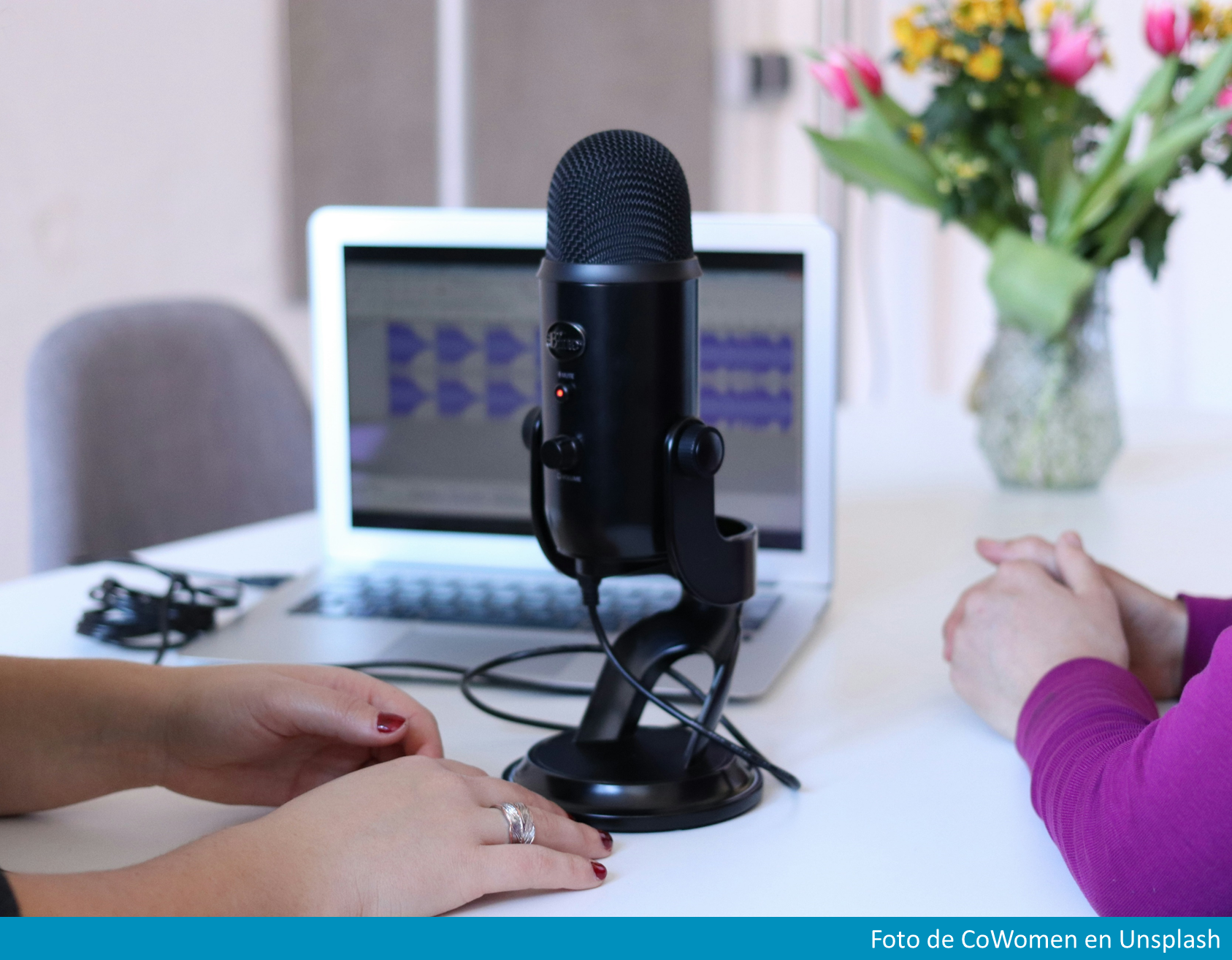Presentation of the ATLETAS DA VOZ™ Conditioning Program
Presentación del programa de acondicionamiento ATLETAS DA VOZ™

This work is licensed under a Creative Commons Attribution-NonCommercial-NoDerivatives 4.0 International License.
Show authors biography
Objectives. To present a simple form of vocal and breathing conditioning for voice professionals based on concepts from vocal science. The vocal conditioning program called Voice Athletes Conditioning uses the principles of exercise physiology to gradually improve vocal and respiratory overload to achieve endurance, power, and flexibility.
Methods. Due to our personal experience with high voice users, we synthesized a vocal conditioning program (AVCP) that combines voice science, exercise physiology, sports science and physical therapy principles. This is an 8-week program of daily vocal and breathing exercises with overload enhancement each week using different types of breathing devices and semi-occluded vocal tract exercises, designed and developed according to the specific requirements and performance of the voice professional.
Reflections. Professional voice users often experience episodes of vocal fatigue that can directly affect their performance and vocal health. As with physical training for athletes, voice exercises can also contribute to improving vocal conditioning, preventing voice disorders, as well as helping to obtain better performance, greater tolerance to fatigue and shorter recovery time.
Conclusions. AVCP is an approach that considers the principles of muscle training aimed objectively at the respiratory and vocal muscles, carried out with a variety of breathing devices and specific vocal exercises in search of greater performance time, less physiological stress, and shorter recovery time in the professional use of the voice.
Article visits 1035 | PDF visits 997
- Powers SK, Howley ET. Fisiologia do exercício: Teoria e aplicação ao condicionamento e ao desempenho. 8th ed. Santana de Parnaíba: Manole; 2014. 672 p.
- McCardle WD, Katch FI, Katch VL. Exercise physiology: Nutrition, energy, and human performance. 7th ed. New York: Lippincott, Williams, & Wilkins; 2010. 1038 p.
- Lieber RL. Skeletal muscle structure, function &plasticity: The physiological basis of rehabilitation. 3rd ed. Baltimore: Lippincott, Williams & Williams; 2010. 304 p.
- Sandage MJ, Pascoe DD. Translating Exercise Science into Voice Care. Perspectives on Voice and Voice Disorders [Internet]. 2010;20(3):84-9. doi: https://doi.org/doi:10.1044/vvd20.3.84
- Brooks GA, Fahey TD, Baldwin KM. Exercise Physiology: Human Bioenergetics and its Applications. 4th ed. New York: McGraw-Hill; 2005. 876 p.
- MacIntosh BR, Gardiner PF, McComas AJ. Skeletal muscle: Form and function. 2nd Ed. Champaign: Human Kinetics Publishers; 2006. 432 p.
- Sale D. Neural adaptation to resistance training. Med Sci Sports Exerc [Internet]. 1988;20(Suppl 5):135-45. doi: https://doi.org/10.1249/00005768-198810001-00009
- Barbanti VJ. Treinamento Físico: Bases Científicas. 3rd ed. São Paulo: CLR Balieiro; 2001.
- Guedes DP, Araújo CE, Araújo CSG. Atividade física e exercício físico na promoção da saúde [Internet]. 1st ed. Londrina: UNOPAR; 2021. 312 p. Available from: https://unigra.com.br/ler/96_atividade-fisica-e-exercicio-fisico-na-promocao-da-saude
- Menezes KK, Nascimento LR, Ada L, Polese JC, Avelino PR, Teixeira-Samela FR. Respiratory muscle training increases respiratory muscle strength and reduces respiratory complications after stroke: a systematic review. J Physiother [Internet]. 2016 Jul;62(3):138-44. doi: https://doi.org/10.1016/j.jphys.2016.05.014
- Kendall FP, McCreary EK, Provance PG. Músculos: provas e funções. 4a ed. São Paulo: Manole; 1995. 453 p.
- Saxon KG, Schneider SM. Vocal Exercise Physiology. 1st ed. San Diego: Singular Publishing Group; 1995. 157 p.
- Saxon KG, Berry SL. Vocal exercise physiology: same principles, new training paradigms. J Singing [Internet]. 2009;66(1):51-7. Available from: https://tinyurl.com/yocozhq8
- Corbin CB, Noble L. Flexibility: a major component of physical fitness. Journal of Physical Education and Recreation [Internet]. 1980;51:23-60. doi: https://doi.org/10.1080/00971170.1980.10622349
- Titze IR. Voice training and therapy with a semi-occluded vocal tract: rationale and scientific underpinnings. J Speech LangHearRes [Internet]. 2006;49(2):448-59. doi: https://doi.org/10.1044/1092-4388(2006/035)
- Aquiahuatl CM, Guzman M. Rehabilitación vocal fisiológico com ejercicios de tracto vocal semiocluido. Rev Investig Innov Cienc Salud [Internet]. 2021;3(1):61-86. doi: https://doi.org/10.46634/riics.68
- Laukkanen AM, Pulakka H, Alku P, Vilkman E, Hertegård S, Lindestad P-A, et al. High-speed registration of phonation-related glottal area variation during artificial lengthening of the vocal tract. Logoped Phoniatr Vocol [Internet]. 2007;32:157-64. doi: https://doi.org/10.1080/14015430701547013
- Laukkanen A-M, Horáček J, Krupa P, Švec JC. The effect of phonation into a straw on the vocal tract adjustments and formant frequencies. A preliminary MRI study on a single subject completed with acoustic results. Biomed Signal Process Control [Internet]. 2012;7(1):50-7. doi: https://doi.org/10.1016/j.bspc.2011.02.004
- Guzman M, Laukkanen AM, Krupa P, Horáček J, Švec JC, Geneid A. Vocal tract and glottal function during and after vocal exercising with resonance tube and straw. J Voice [Internet]. 2013;27(4):523.e519-523.e534. doi: https://doi.org/10.1016/j.jvoice.2013.02.007
- Titze IR. Phonation Threshold Pressure Measurement with a Semi-Occluded Vocal Tract. J Speech Lang Hear Res [Internet].2009;52:1062-72. doi: https://doi.org/10.1044/1092-4388(2009/08-0110)
- Stemple JC, Lee L, D’Amico B, Pickup B. Efficacy of vocal function exercises as a method of improving voice production. J Voice [Internet]. 1994;8(3):271-8. doi: http://dx.doi.org/10.1016/S0892-1997(05)80299-1
- Ramig LO, Countryman S, Thompson LL, Horii Y. Comparison of two forms of intensive speech treatment for Parkinson disease. J Speech Lang Hear Res [Internet]. 1995;38(6):1232-51. doi: http://dx.doi.org/10.1044/jshr.3806.1232
- Behlau M, Pontes P, Vieira VP, Yamasaki R, Madazio G. Presentation of the Comprehensive Vocal Rehabilitation Program for the treatment of behavioral dysphonia. CoDAS [Internet]. 2013;25(5):492-6. doi: http://doi.org/10.1590/s2317-17822013000500015
- Ziegler A, Verdolini-Abbott K, Johns M, Klein A, Hapner ER. Preliminary data on two voice therapy interventions in the treatment of presbyphonia. Laryngoscope [Internet]. 2014;124(8):1869-76. doi: http://dx.doi.org/10.1002/lary.24548
- McGlashan J, Aaen M, White A, Sadolin C. A mixed-method feasibility study of the use of the Complete Vocal Technique (CVT), a pedagogic method to improve the voice and vocal function in singers and actors, in the treatment of patients with muscle tension dysphonia: a study protocol. Pilot Feasibility Stud [Internet]. 2023;9(1):1-18. doi: https://doi.org/10.1186/s40814-023-01317-y
- Duffy OM, Hazlett D. The impact of preventive voice care programs for training teachers: a longitudinal study. J Voice [Internet]. 2004;18(1):63-70. doi: https://doi.org/10.1016/S0892-1997(03)00088-2



